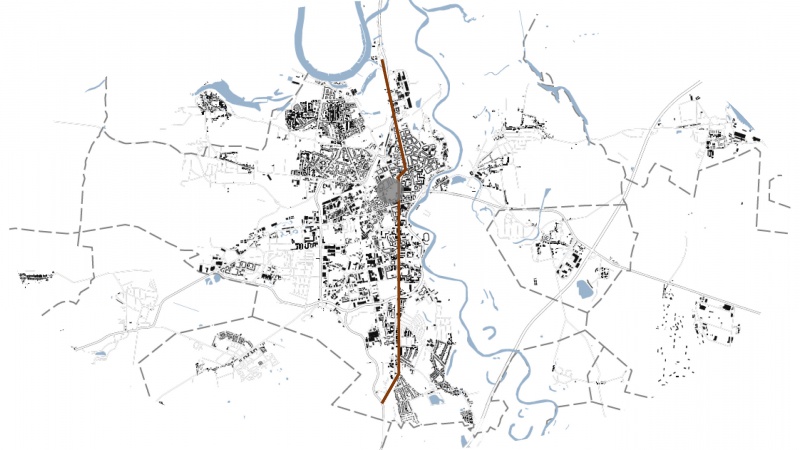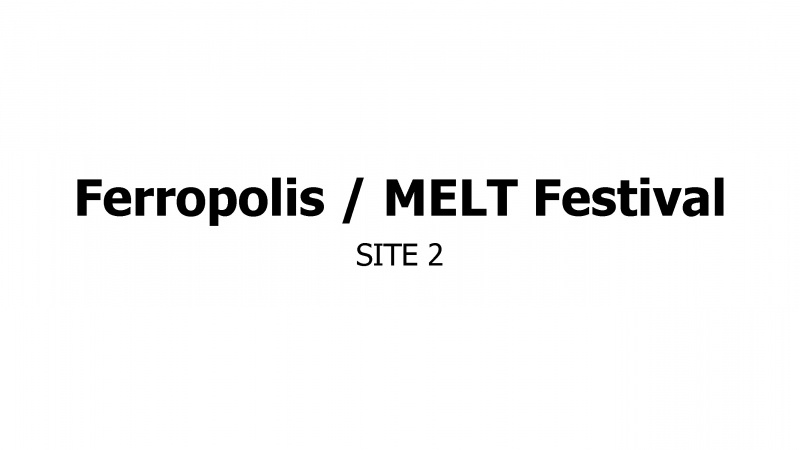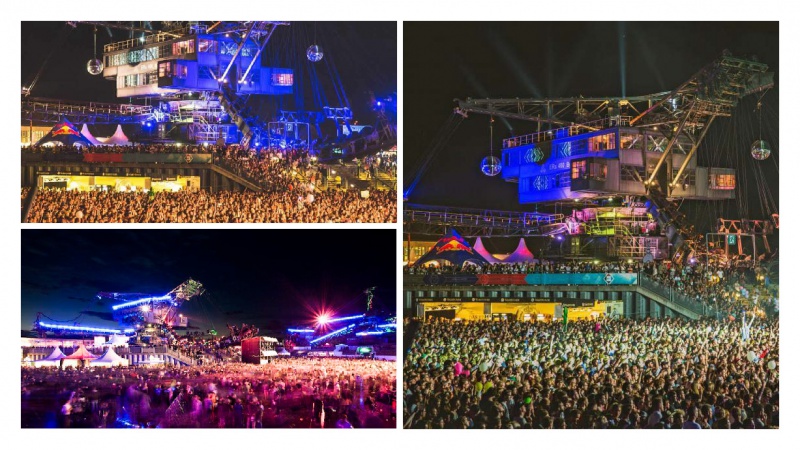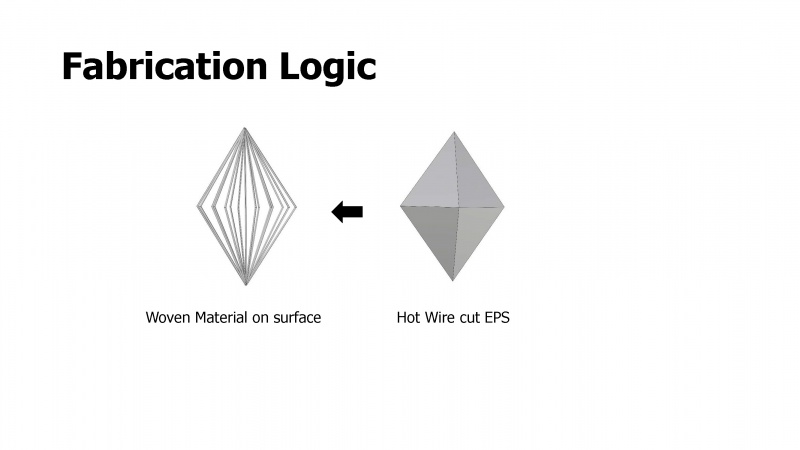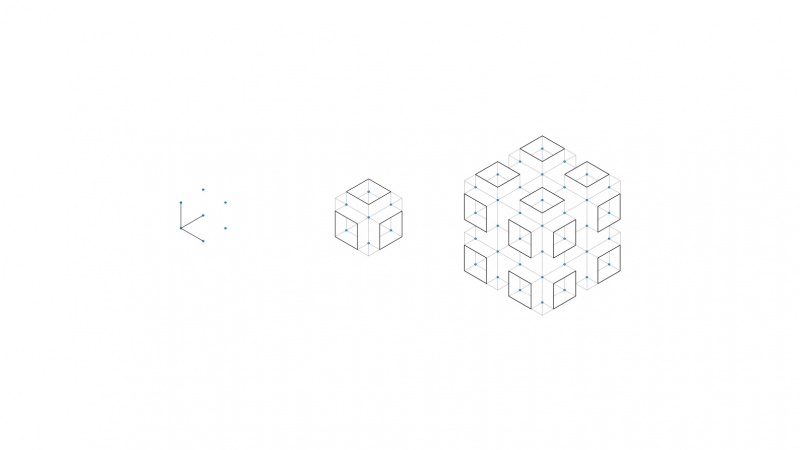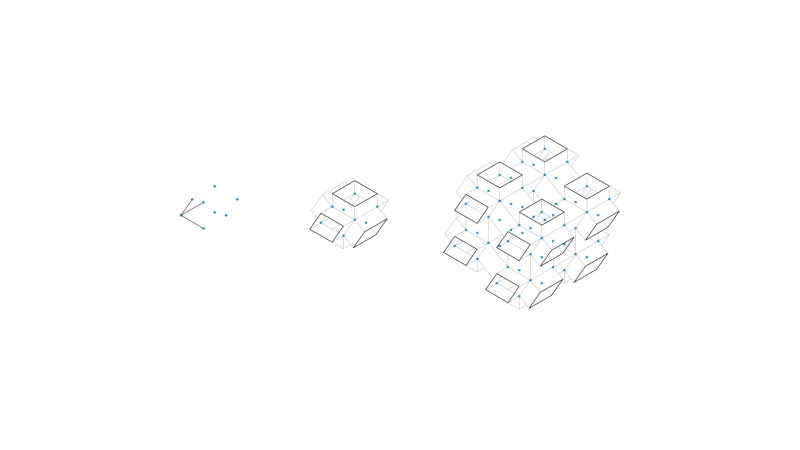Difference between revisions of "Shared:G3"
(→DIA3+TUD2) |
(→Workshop 2 Introduction) |
||
| (12 intermediate revisions by one user not shown) | |||
| Line 34: | Line 34: | ||
</div> | </div> | ||
<div style="float:left; width: 158px; height 30px; border: 1px solid #aaa; margin-right:10px;" align="center"> | <div style="float:left; width: 158px; height 30px; border: 1px solid #aaa; margin-right:10px;" align="center"> | ||
| − | [[Shared:G3P7|'''Future | + | [[Shared:G3P7|'''Future Scenarios''']] |
</div> | </div> | ||
</div> | </div> | ||
<br> | <br> | ||
| + | |||
| + | <br> | ||
| + | ===Workshop 2 Introduction=== | ||
| + | <br> | ||
| + | |||
| + | (From the introduction) | ||
| + | The 2nd workshop introduces students from TUD and DIA to Design-to-Robotic-Production (D2RP). D2RP links design to materialisation by integrating all (from functional and formal to structural) requirements in the design of building components, while D2RO integrates robotic devices into building components in order to facilitate spatial and climatic reconfiguration. Together they establish the framework for robotic production and operation at building scale. The main consideration is that in architecture and building construction the factory of the future will employ building materials and components that can be robotically processed and assembled. Thus D2RP&O processes incorporate material properties in design, control all aspects of the processes numerically, and utilise parametric design principles that can be linked to the robotic production. | ||
| + | |||
| + | ===Location: Dessau=== | ||
| + | <br> | ||
| + | |||
| + | |||
| + | -Pop. approx.:77000<br> | ||
| + | -The Population has decreased to 20% and a reduction of almost 50% is expected in the near future<br> | ||
| + | -As a result, there is an excessive amount of vacant lands that remain underdeveloped<br> | ||
| + | -The city aims to stabilize the urban city core and re-brand the Bauhaus culture<br> | ||
| + | |||
| + | |||
| + | |||
| + | |||
| + | [[File:Robotic Building W2G2 Page 03.jpg|800px]] | ||
| + | |||
| + | [[File:Robotic Building W2G2 Page 04.jpg|800px]] | ||
| + | |||
| + | [[File:Robotic Building W2G2 Page 06.jpg|800px]] | ||
| + | |||
| + | [[File:Robotic Building W2G2 Page 07.jpg|800px]] | ||
| + | |||
| + | [[File:Robotic Building W2G2 Page 08.jpg|800px]] | ||
| + | |||
| + | [[File:Robotic Building W2G2 Page 09.jpg|800px]] | ||
| + | |||
| + | [[File:Robotic Building W2G2 Page 10.jpg|800px]] | ||
| + | |||
| + | [[File:Robotic Building W2G2 Page 11.jpg|800px]] | ||
| + | |||
| + | ===Concept=== | ||
| + | <br> | ||
| + | |||
| + | ===Concept 1 - Performance Stage / Pavillion=== | ||
| + | <br> | ||
| + | |||
| + | <br> | ||
| + | [[File:Robotic Building W2G2 Page 14.jpg|800px]] | ||
| + | |||
| + | [[File:Robotic Building W2G2 Page 15.jpg|800px]] | ||
| + | |||
| + | |||
| + | ===Concept 2 - Woven Performance Stage / Pavillion=== | ||
| + | <br> | ||
| + | |||
| + | <br> | ||
| + | [[File:Robotic Building W2G2 Page 18.jpg|800px]] | ||
| + | |||
| + | [[File:Robotic Building W2G2 Page 19.jpg|800px]] | ||
| + | |||
| + | |||
| + | ===Concept 3 - Bottom Up Swarming Module=== | ||
| + | <br> | ||
| + | |||
| + | <br> | ||
| + | [[File:Robotic Building W2G2 Page 22.jpg|800px]] | ||
| + | |||
| + | [[File:Robotic Building W2G2 Page 23.jpg|800px]] | ||
| + | |||
| + | [[File:Robotic Building W2G2 Page 24.jpg|800px]] | ||
| + | |||
| + | [[File: M43.JPG|800px]] | ||
Latest revision as of 09:31, 9 May 2018
DIA3+TUD2
Sophia - Karim - Shervin - Angelos - Adib - Mohamed - E - Ahmed - Mhun -
Workshop 2 Introduction
(From the introduction) The 2nd workshop introduces students from TUD and DIA to Design-to-Robotic-Production (D2RP). D2RP links design to materialisation by integrating all (from functional and formal to structural) requirements in the design of building components, while D2RO integrates robotic devices into building components in order to facilitate spatial and climatic reconfiguration. Together they establish the framework for robotic production and operation at building scale. The main consideration is that in architecture and building construction the factory of the future will employ building materials and components that can be robotically processed and assembled. Thus D2RP&O processes incorporate material properties in design, control all aspects of the processes numerically, and utilise parametric design principles that can be linked to the robotic production.
Location: Dessau
-Pop. approx.:77000
-The Population has decreased to 20% and a reduction of almost 50% is expected in the near future
-As a result, there is an excessive amount of vacant lands that remain underdeveloped
-The city aims to stabilize the urban city core and re-brand the Bauhaus culture
Concept
Concept 1 - Performance Stage / Pavillion
Concept 2 - Woven Performance Stage / Pavillion
Concept 3 - Bottom Up Swarming Module




